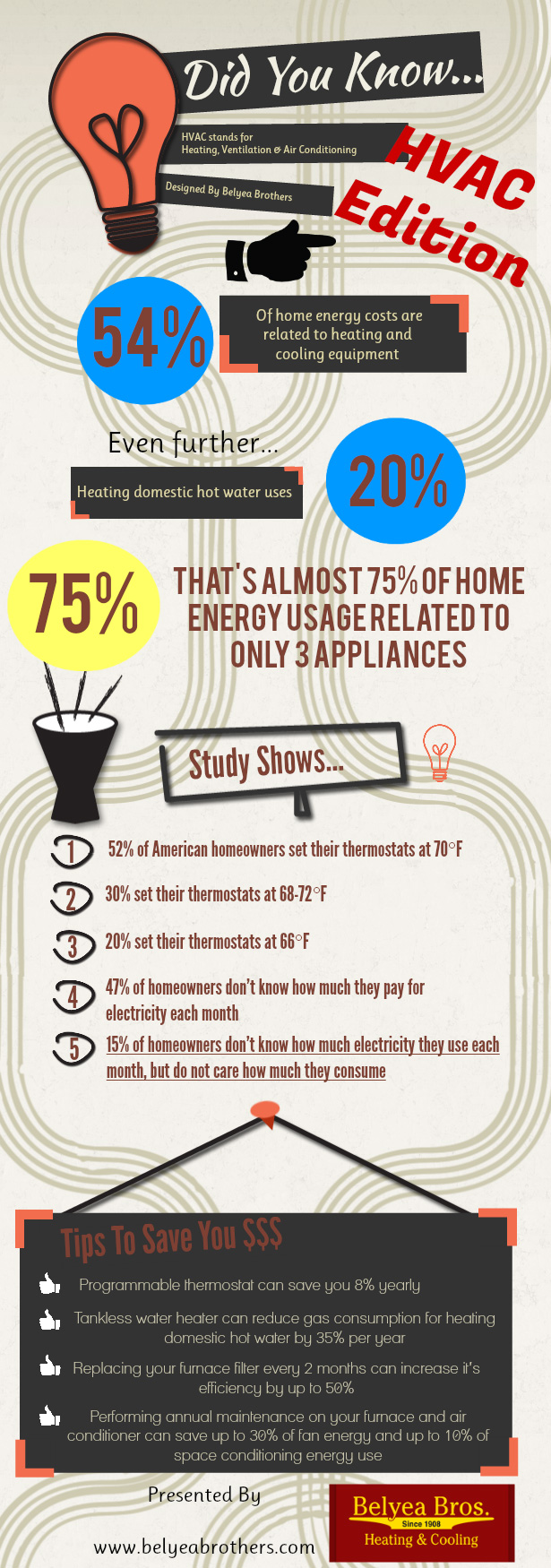The Ultimate Guide To Understanding Heat Pumps - Exactly How Do They Function?
The Ultimate Guide To Understanding Heat Pumps - Exactly How Do They Function?
Blog Article
Short Article Written By-Gissel Dickson
The most effective heat pumps can save you substantial amounts of cash on power bills. They can additionally help reduce greenhouse gas discharges, particularly if you utilize electrical power instead of fossil fuels like lp and home heating oil or electric-resistance heating systems.
Heatpump work significantly the like air conditioning system do. This makes them a practical choice to standard electric home heating unit.
Exactly how They Function
Heatpump cool down homes in the summer and, with a little help from electricity or natural gas, they give several of your home's home heating in the winter. They're a good choice for people that want to reduce their use of fossil fuels but aren't ready to replace their existing heater and cooling system.
They rely on the physical reality that also in air that seems too cool, there's still power existing: cozy air is constantly relocating, and it wants to relocate into cooler, lower-pressure settings like your home.
A lot of power celebrity licensed heatpump operate at near their heating or cooling capability throughout most of the year, lessening on/off cycling and saving energy. For the best efficiency, concentrate on systems with a high SEER and HSPF score.
The Compressor
The heart of the heat pump is the compressor, which is additionally known as an air compressor. This mechanical streaming tool uses prospective energy from power development to increase the pressure of a gas by reducing its volume. It is different from a pump in that it just services gases and can't collaborate with liquids, as pumps do.
Climatic air enters the compressor via an inlet shutoff. It travels around vane-mounted arms with self-adjusting size that split the interior of the compressor, producing several cavities of varying size. The rotor's spin forces these tooth cavities to move in and out of stage with each other, pressing the air.
The compressor pulls in the low-temperature, high-pressure refrigerant vapor from the evaporator and presses it into the hot, pressurized state of a gas. This procedure is repeated as required to supply heating or cooling as required. The compressor additionally consists of a desuperheater coil that reuses the waste warmth and includes superheat to the cooling agent, altering it from its liquid to vapor state.
The Evaporator
The evaporator in heatpump does the same point as it carries out in fridges and a/c unit, altering fluid refrigerant right into a gaseous vapor that removes warmth from the room. Heatpump systems would not work without this vital tool.
This part of the system is located inside your home or building in an interior air handler, which can be either a ducted or ductless unit. It has an evaporator coil and the compressor that presses the low-pressure vapor from the evaporator to high pressure gas.
Heat pumps absorb ambient warmth from the air, and after that use electricity to move that warm to a home or organization in heating mode. That makes them a great deal more power reliable than electric heating units or heaters, and because they're making use of clean electrical energy from the grid (and not shedding fuel), they additionally create much fewer exhausts. That's why heatpump are such terrific environmental selections. (Not to mention https://modernrestaurantmanagement.com/hvac-technologies-to-make-indoor-dining-safer-in-the-covid-19-era/ coming to be so preferred.).
The Thermostat.
Heatpump are terrific alternatives for homes in cool environments, and you can utilize them in mix with typical duct-based systems and even go ductless. They're an excellent alternate to nonrenewable fuel source heating systems or conventional electrical heating systems, and they're a lot more sustainable than oil, gas or nuclear a/c tools.
Your thermostat is one of the most vital element of your heat pump system, and it works very in a different way than a standard thermostat. All mechanical thermostats (all non-electronic ones) job by utilizing compounds that change dimension with raising temperature, like curled bimetallic strips or the broadening wax in a car radiator valve.
dc install include two different types of metal, and they're bolted with each other to develop a bridge that completes an electric circuit linked to your cooling and heating system. As the strip gets warmer, one side of the bridge expands faster than the other, which causes it to flex and signify that the heating unit is needed. When the heatpump is in home heating mode, the reversing valve turns around the flow of refrigerant, to ensure that the outdoors coil now works as an evaporator and the indoor cyndrical tube becomes a condenser.